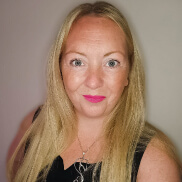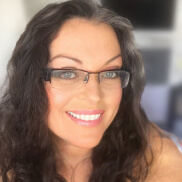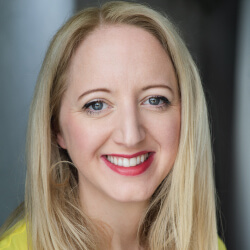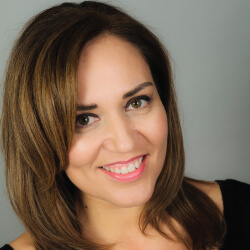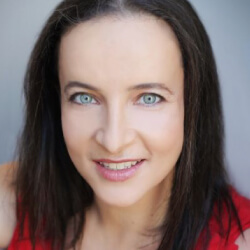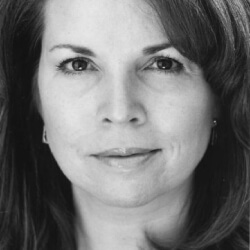Your home recording studio might not have the same priority in the eyes of your family as it does in yours, so the choice of location is usually limited to what is not being used by other family members. Where most people do not go, where nobody can hear you, and hopefully you cannot hear anybody. Still, when deciding about your studio location, there are some things to keep in mind. In any case, it might be good to understand why some rooms are better than others. And if your career eventually demands a proper studio construction, you will know what to look for.
Dimensions.
There are some “rules of thumb” to consider when choosing a room for a recording studio. Not all rooms sound the same. The size and volume of the room makes a big difference; the shapes, furniture, and building construction all have a major effect on how the room will sound. The worst possible room dimensions result in a perfect cube where width and length and the height of the room are the same. Such configuration will result in exact same Modes and standing sound waves from all sides.If you have a choice – avoid cubical rooms for your recording space, have effect on how the room will sound. In reality, the choice is limited to a spare bedroom, basement, or closet, unless you park your car outside and take over the garage. You can also choose to make an all-in one studio or you can separate your office to form an Isolation room. (A room Mode creates resonance in a particular frequency and longer reverb decay time. As a result there will be a lot of places where the sound waves boost one another and where they cancel each other, creating dips and peaks. The goal of acoustic room treatment is to minimize the dips and peaks in room response, as well as even out the reverberation decay of the various frequencies). Square rooms where width equals length, but is not equal to height, are better than the cube rooms, but they will present the similar challenge of modes for two dimensions: width and length. Similarly bad sounding rooms are the rooms where room dimensions are multiple of each other. For example a room that is 8 ft wide x 16 feet long and by 8 feet tall, because all dimensions are divisible by 8 and will have the same modes. So what is the “Good dimension” then? For a long time the Golden Mean was the ratio of 0.618, which some feel is an ideal for spacing the modes in the room. For example a room that is 16 ft long by 10 ft wide x 9 ft high – the modes of the room will be distributed nicely. In general, for recording studios, the larger the room the better. Keep that in mind when you are thinking of dividing the existing room by building a wall.
For the voice over actor, finding the room that is the quietest is more important than the room that is acoustically better. The reason is that it is much more difficult and much more expensive to soundproof your room, and then still have to treat it with sound absorption blankets, than acoustically treat a room that is already quiet, to remove reverberations and standing waves. Producer’s choice acoustic blankets for sound absorption from VocalBoothToGo.co.uk proved to be a good solution for that. Even in the prefabricated vocal booths hanging the acoustic blankets on the inside will get you a good sounding recording space. So the obvious choice is – pick the space that is farthest from the street noise and from family traffic and activities. Room shape also has an effect on the sound. In theory there should be no parallel walls in a room, so no standing waves can be formed. But in practice everything is built rectangular, plus it is much more difficult to calculate the correct modes in a room where surfaces are not parallel and if not built properly this can make the room sound worse, not better. So if the Golden Mean is a guide, then rectangular rooms are the best. Ideally a rectangular room will have dimensions that have ratios with favorable modal distribution (and not multiples of each other).
The angled walls, air duct covers, alcoves, niches in the wall – all of these can cause resonance and reflections. But whatever your room is, there are lots of effective products that can treat your room to deal with acoustic problems. Besides the acoustic properties of the room itself, there is an issue of the external noise coming into your studio. In the home recording studio settings there are two concerns – blocking the outside noise from coming into your studio and isolation of the rest of the house from the sounds that you will be making. Lucky for voice over actors, they do not need to be concerned with a larger studio, like for band recording or control room. Book narration can be done in a very small room. Especially for voice over you do not want to have any “room tone” in your recording. For singing or playing, some room tone may be appropriate. Voice over is designed to go OVER an existing sound track, so there is no place for room tone in voice over. The room must be as dead as it can be. What the producer wants to hear is pure voice with even and true frequency distribution. If necessary the sound engineer will add a “tone“ to it.
Once the location is selected – do you want to have a one big room that is both an office and a recording studio, or do you want to have an office and then a sound booth for recording?One big room for both recording studio and office is convenient, but is more challenging in terms of soundproofing and acoustic treatment. Plus, there are usually lots of devices that create noise, such as air conditioning, computer fan, phones, chairs, even electricity humming through the wires can be picked up by highly sensitive microphones. Many people choose a closet for their vocal booth. The clothes in the closet help with sound absorption and, if the closet is large enough, it can comfortably fit the actor, the microphone and the laptop. So it seems to make sense to do it that way. And it works for many voice over actors, especially the beginners. The problem is that closets are not built to be sound proof, plus the clothes in the closet are not in the same place all the time and may not even be the same clothes all the time, so in the long run your recordings will not be consistent. This can be a problem for professional voice actors whose accounts might need pick up line or revisions and redo down the line, because their sensitive mic will pick up one sound one day and a different sound another day.
Having a special sound booth for voice over recording allows you to create the space that is most suitable for your voice over needs and produces consistent recording every time. Going a dedicated sound booth route versus converting large bedroom into a studio, is more economical, because it is much less expensive to soundproof a small 3 x 3 or 4 x 4 booth, rather than a whole 10 x 16 bedroom. Plus you can leave all the humming noise producing devices outside of your booth. You can build such a booth by yourself or get a prefabricated one. But then you would still need to acoustically treat the booth so it has absolutely no reflections ( sounds “dead” ) inside. You can make one yourself out of a thick 5/8 inch plywood, or you can get prefabricated rigidly built sound booths from various sound booth manufacturers. Mobile soundproof(er) vocal booths from VocalBoothToGo include the sound proof layer and the inside acoustic treatment. They also can be folded away if not in use or transported in a regular size car in bags, which is a unique feature that makes it a vocal booth of choice for on location recording, rentals or audiometry. This is a kind of true mobility that no other vocal booth manufacturer can offer.



